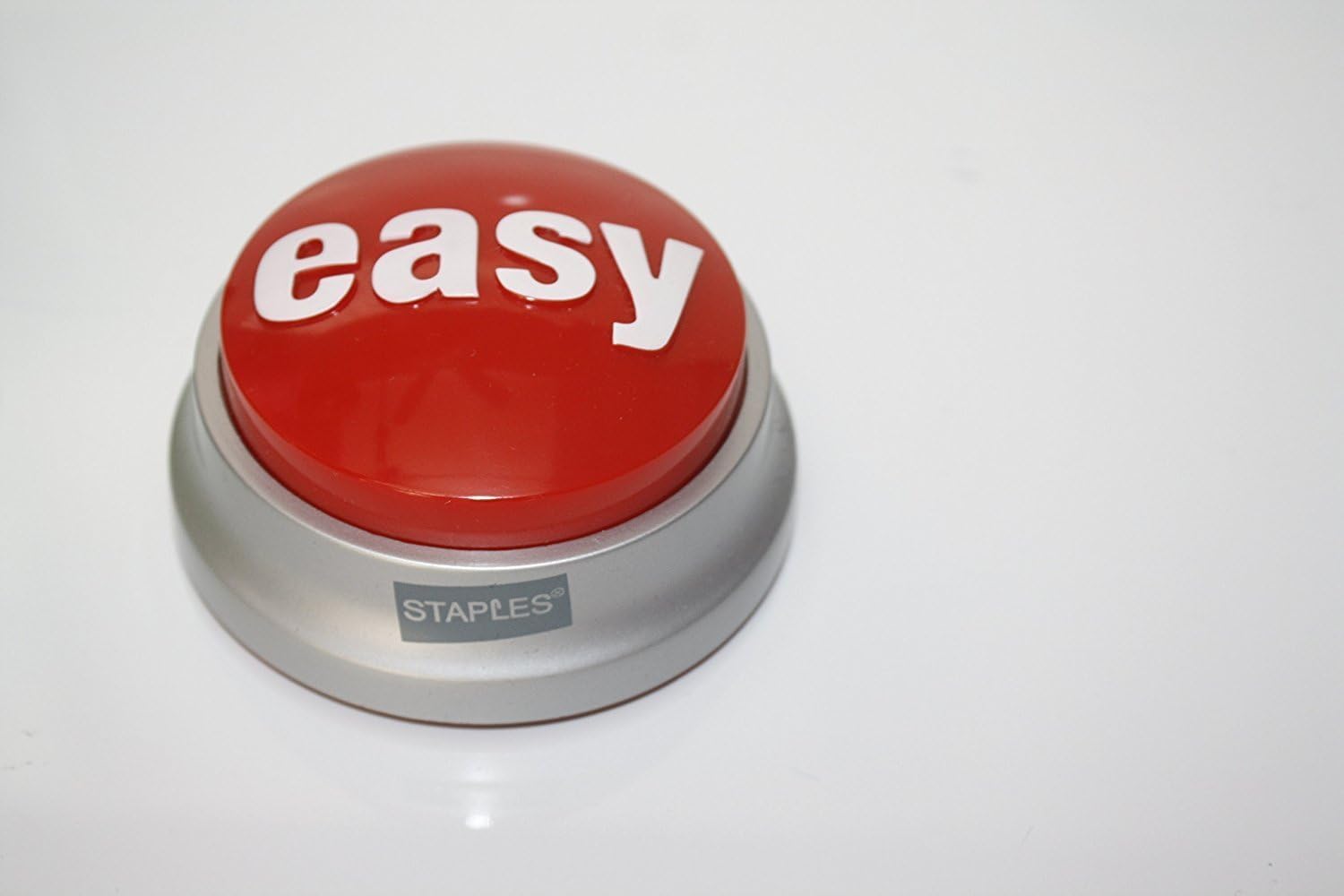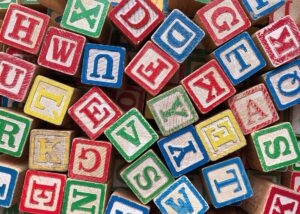
A Literacy Game For Engaged Practice
This game was taught to me by one of our staff members who teaches Reading Recovery. Reading Recovery in our district is when one specialized teacher takes students from grade 1 and spends 20 -30 minutes a day with them targeting their reading skills. Sometimes groups are taken and sometimes they work with students one on one. I had the pleasure of working with this teacher this year for reading as my class was in need of directed teachings around reading. One of the ways she taught me to incorporate sight words into my literacy centers is through the use of this game called That Was Easy. The game is honestly so simple and SO effective. The kids would continue to ask me to play it every time we had literacy centers.
How To Play
You will need a button from Staples that looks like this: 
You can purchase them at https://www.staples.ca/products/606396-en-staples-easy-button you can also buy them on Amazon. They are cheap and when you’re students learn this game they will want to play constantly. You will also need flash cards. These cards should be words that your students have already learned and preferably sight words is they are for better word recognition.
You will separate the cards out across a rainbow table or wherever you’re working. There should be a few separate piles with the words facing up. The game is an accuracy and speed game. Tell the students to practice the words they see in front of them in their mind, so that if someone takes the word they wanted they know other words. A student picks a card from the pile, says it out loud and then clicks the button. It is then the next persons turn. The idea is to go quickly, so students must always be practicing reading all the words in front of them so when it’s their turn they can take any word. This game is so much fun for them and the button says “that was easy”. Students who struggle with sight words love this because it boosts their confidence because every time they get a word right, they’re reminded by the button that the word is now easy versus what it used to be. I continue to add words into the piles as the weeks go by. Whenever we learn new sight words, they are added to the piles. Eventually I take out words that students know by heart. This keeps the content fresh but also allows them to feel comfortable playing.


